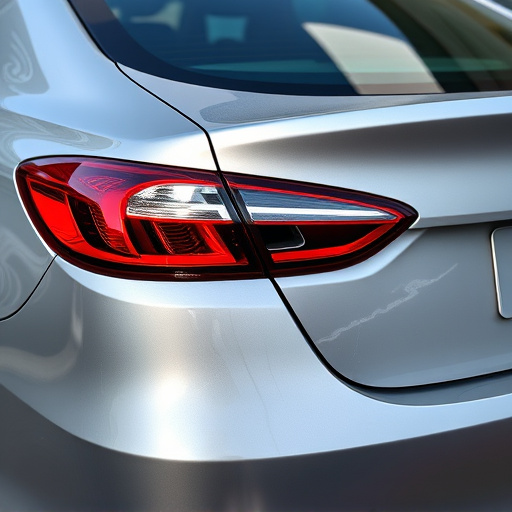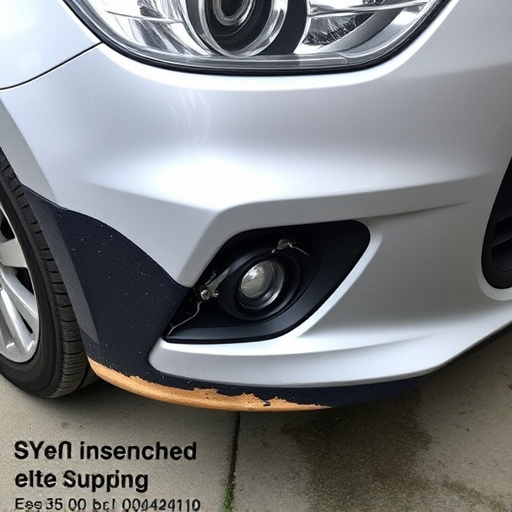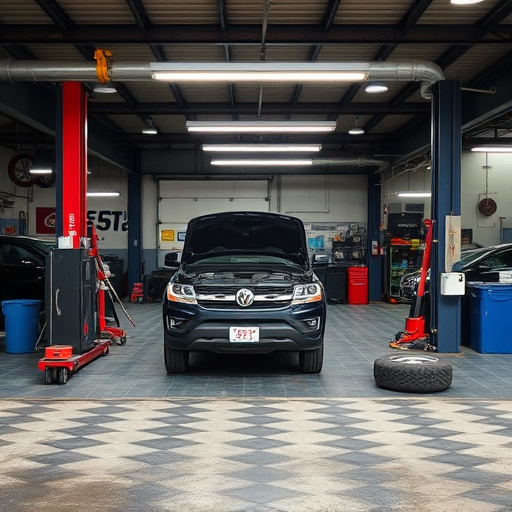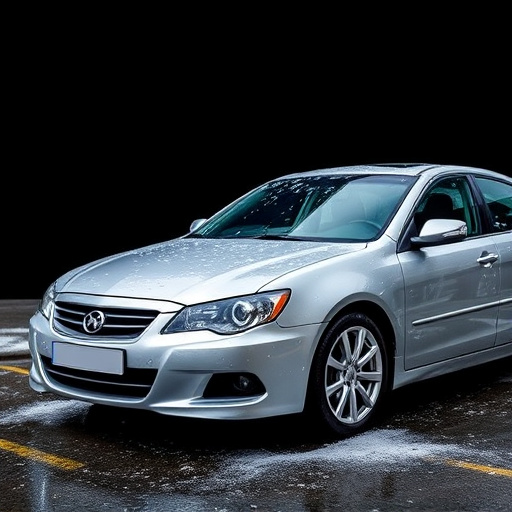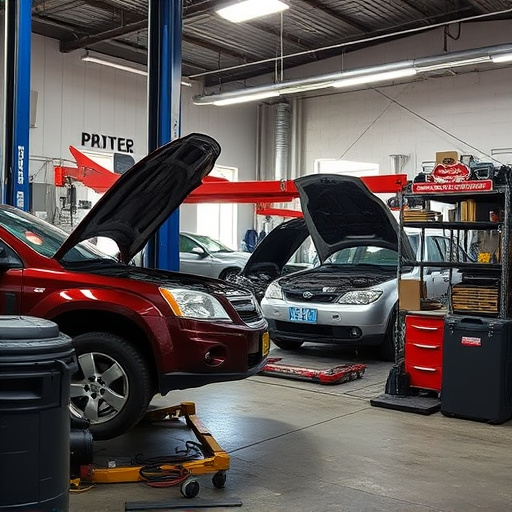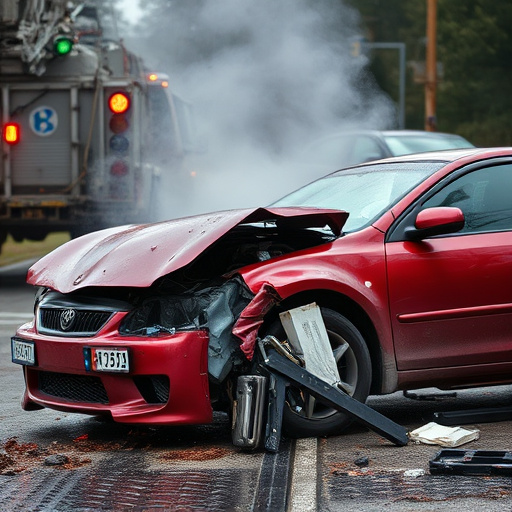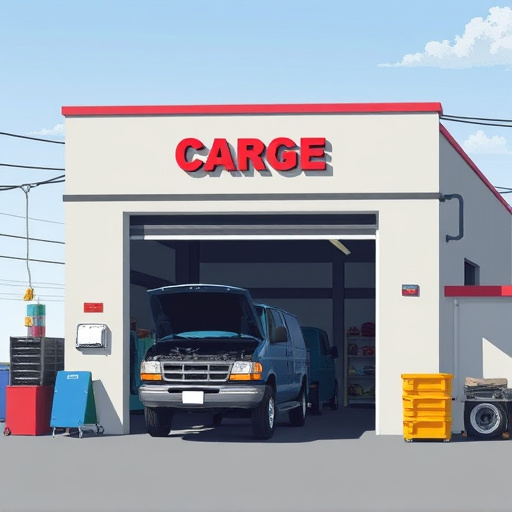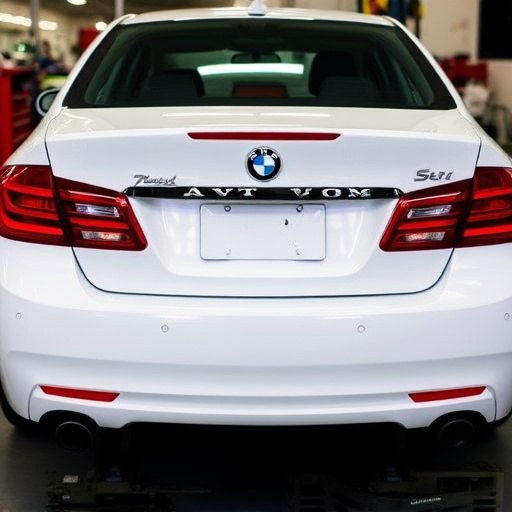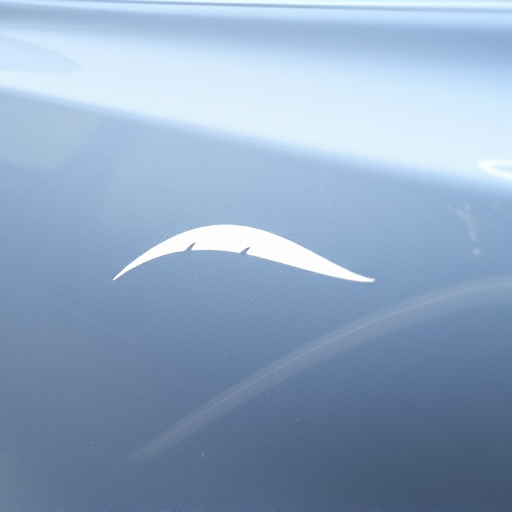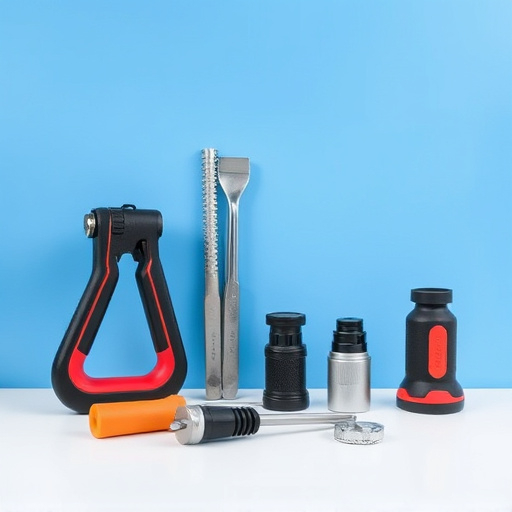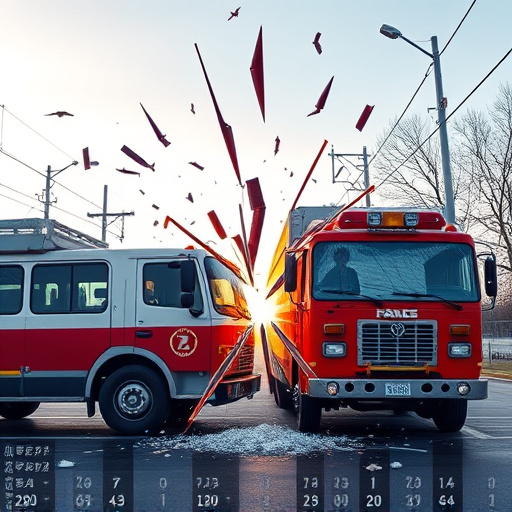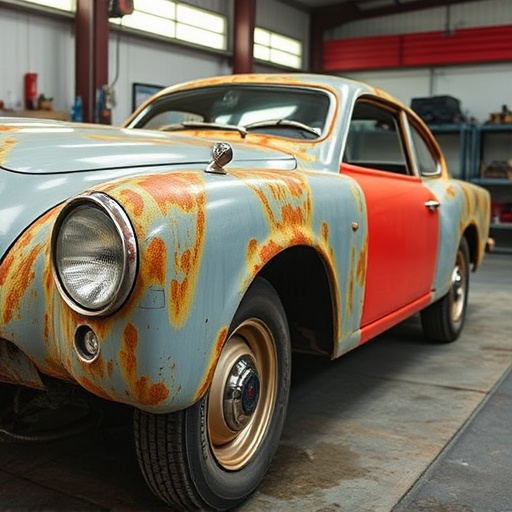Assessing damage is crucial for effective Mercedes bumper repair. Minor issues can be addressed with paintless dent repair (PDR), preserving the original finish. More severe dents and cracks may require part replacement or refinishing. Early identification of damage ensures long-lasting results, and understanding PDR vs traditional methods helps owners choose the best option based on their needs, budget, and desired restoration level.
Looking to fix your damaged Mercedes bumper like new? This guide unveils the best practices for long-lasting repairs, empowering owners to make informed decisions. From assessing impact and choosing the right repair method—whether paintless dent repair or traditional techniques—to selecting quality parts and expert mechanics, we cover it all. Learn about the importance of OEM parts, advanced technology in alignment and paint matching, and essential aftercare tips to ensure your Mercedes bumper remains pristine for years to come.
- Assessing Damage and Choosing the Right Repair Method
- – Understanding different types of bumper damage
- – Comparing paintless dent repair vs traditional repair methods for Mercedes bumpers
Assessing Damage and Choosing the Right Repair Method
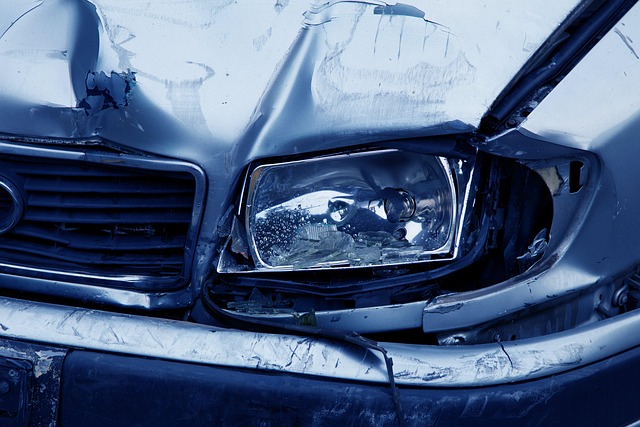
When it comes to Mercedes bumper repair, assessing the damage is the first crucial step. Inspecting the bumper closely, looking for dents, cracks, or any signs of impact, helps in determining the extent of the damage. This process involves a meticulous evaluation of both visible and hidden areas, as some dents might appear minor but require complex auto body work to fix effectively.
Choosing the right repair method is equally important. Depending on the severity of the damage, options range from simple paintless dent repair for smaller bumps to more intricate auto detailing and replacement for significant cracks or damage. Vehicle dent repair techniques like PDR are highly effective for Mercedes bumper repair, preserving the original finish and structure while ensuring long-lasting results.
– Understanding different types of bumper damage
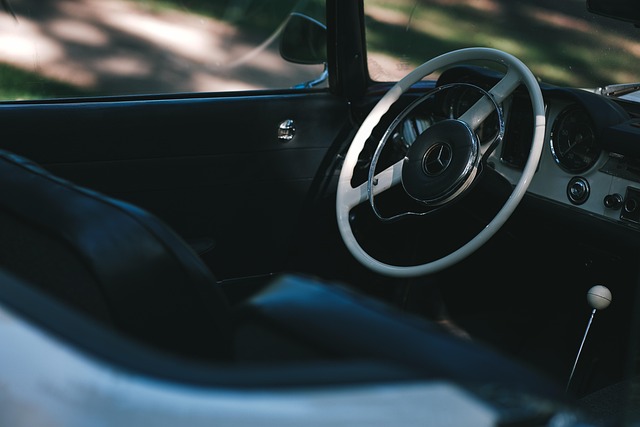
Bumper damage can vary greatly, from small dings and scratches to significant dents and cracks. Understanding the type of damage is crucial before beginning any Mercedes bumper repair. Dings and minor scuffs often result from everyday parking or minor collisions and can usually be fixed with simple body shop services like paintless dent repair, which preserves the original finish.
More severe damages, such as deep dents, buckled panels, or cracks, require more intensive car bodywork and car body restoration techniques. These might involve replacing damaged parts or extensive refinishing to match the vehicle’s original specifications. Properly identifying and addressing these issues early is key to ensuring long-lasting Mercedes bumper repair results.
– Comparing paintless dent repair vs traditional repair methods for Mercedes bumpers

When considering Mercedes bumper repair options, understanding the differences between paintless dent repair (PDR) and traditional methods is essential. PDR has gained popularity for its ability to restore car body surfaces without sanding or repainting, thus preserving the vehicle’s original finish and enhancing its resale value. This non-invasive technique involves specialized tools that gently remove dents, making it an attractive choice for those prioritizing aesthetics and cost-effectiveness.
On the other hand, traditional repair methods often involve more extensive work, including body panel replacement and repainting. While these approaches may be necessary for severe damage, they can lead to longer downtime and higher costs. Collision repair shops typically offer both PDR and conventional repairs, allowing vehicle owners to choose based on their specific needs, budget, and desired level of restoration, whether it’s a simple ding or more substantial bumper damage that requires car body restoration.
When it comes to Mercedes bumper repair, choosing the right approach is key to ensuring long-lasting results. By understanding the various types of damage and comparing modern techniques like paintless dent repair (PDR) with traditional methods, car owners can make informed decisions. PDR offers a precise, non-invasive solution for minor dents and scratches, preserving the vehicle’s original finish. Conversely, traditional repair methods are more suitable for severe impacts, ensuring structural integrity and a factory-like restoration. Regardless of the chosen path, adhering to best practices—including proper assessment, skilled technicians, and high-quality materials—is essential for achieving lasting repairs on these prestigious vehicles.
